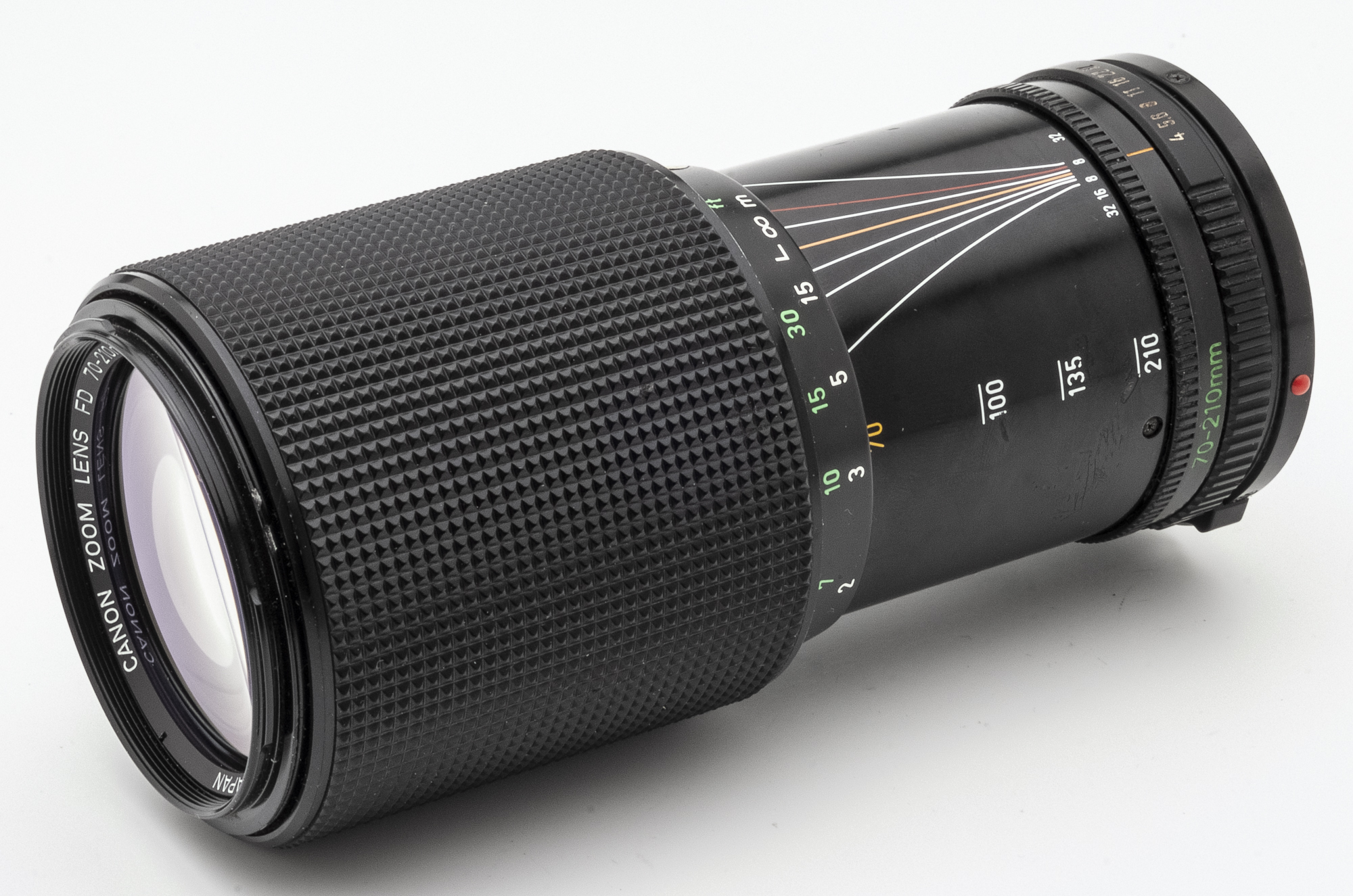
Distortion is slightly higher than the Laowa, and noticeably more than the Printing-Nikkor, and MPE.
#Canon macro lens 5x professional
Keeping the surface of the wafer clean requires the disk must be cleaned carefully with a professional plastic cleaner.Įxcellent sharpness and lots of fine details from the Sigma Art.



The downside is of course fragility, they shatter if they are dropped so they need to handled carefully. A silicon disk will always stay perfectly flat and won’t warp or bend during the test when they become warm. Silicon wafers are used for the ultimate in fine details like micro-lettering and fine scratches, not normally available with other kinds of targets.
#Canon macro lens 5x software
You should be aware that this is not possible with some lens brands and Adobe software (google: lens correction opcodes). None of the images have kind of lens correction applied. Each image was processed in PS CC with identical settings with all noise reduction and lens correction turned off, all settings were zeroed out to true zero and the same settings were used for all of the images. Separate images were selected for center, edge, and corner if needed. The sharpest frame was then selected out of a stack of images made in 6 micron steps. Notes: All of the images shown here are single files. 3.76 micron sensor pitchįlash: Godox TT350s wireless flash x 2 with one Godox X1s 2.4G wireless flash transmitter Sigma Art 105mm F2.8 DG DN test aperture: f/4, effective f/8 at 1xĬamera: Sony α7R IV, Sony Alpha ILCE-A7R IV (A7R4) Nikon Printing-NIKKOR 105mm f2.8A test aperture: f/2.8, effective f/5.6 at 1x Laowa 100mm f2.8 APO Ultra Macro APO test aperture: f/4, effective f/8 at 1x This is not a fan page either, this product was not given to me, I was not paid to write this, nor did the manufacturer or distributor loan me this lens for this review.Ĭanon MP-E 65mm 1-5x test aperture: f/4, effective f/8 at 1x does not use affiliate links that generate a commission when the visitor clicks on a link to buy something. The 105Art and LA100 lenses are on loan from a friend for this test. The new Canon RF 100mm f/2.8 L Macro IS USM and Nikon NIKKOR Z MC 105mmf/2.8 VR S lens would have been nice additions to this test, but both the Canon and Nikon were not available when I ran this test (the Nikon is still not in stock as I write this in November) and these two lenses cannot be adapted to E-mount so I will not be able to test these new lenses on my A7RIV when I do manage to get copies to test.Īll of the lenses tested here were purchased by or loaned to, without any discount or commission from any person unless noted otherwise. Standard practice for large lens manufactures is to keep a pool of lenses available for media/professional use. Customer service at Laowa USA and China never bothered to respond to any of my emails inquiring about a lens loan. Thanks to the generosity of a friend, I’m able to include the Laowa 100mm F2.8 Ultra Macro 2X lens in this test. The Art 105mmF2.8 DG DN Macro broke the resolution record at where the Art105 MTF corners were better than the center out of the Sony FE 90mm f/2.8 Macro G OSS lens! This was the biggest surprise in the 2020 test, beating every lens (except for the Printing-NIKKOR 105mm F2.8A and Scanner-Nikkor ED 100mm), and the Art70 is not Sigma’s best macro lens. The Sigma Art 70mmf/2.8 DG Macro (Art70) is a perfect example. Thanks to the independent manufacturers, a level higher image quality is now available to more people with less expensive lenses covering a wider range of camera mounts. There has been a noticeable improvement in image quality since our first sharpness test in 2017. The goal of this test is to compare the highest performing lenses from previous tests against two new new high performance lenses from Laowa and Sigma. Sigma Art 105mm F2.8 DG DN Macro lens (Art105) Nikon Printing-NIKKOR 105mm f2.8A (PN105A) Laowa 100mm f2.8 APO Ultra Macro APO Macro lens (LA100)


 0 kommentar(er)
0 kommentar(er)
